Gerelateerde training(en)

Kosteloze Office Kennistest
Twijfel je over welk niveau het best aansluit op je kennisniveau? Doe dan volledig kosteloos en vrijblijvend onze online kennistest, en je krijgt meteen te zien welk niveau het beste bij je past.

Waarom Westhaghe Training & Advies?
- Scherpe offertes; eenduidige prijzen
- Korte lijnen; 1 vast aanspreekpunt voor klanten en partners
- Direct antwoord; altijd binnen een dag, vaak binnen het uur
- Flexibel in beschikbaarheid etcetera
- Breed netwerk aan betrouwbare, kundige en loyale trainers en consultants
- Eerlijk advies (altijd, ook in ons nadeel!)

Kosteloos intake gesprek
Plan voorafgaand aan de training een kosteloos intake gesprek in met de beoogde trainer. Dit om te kijken of er een klik is tussen jou en onze trainer(s), maar ook om te sparren over de wensen en leerdoelen.
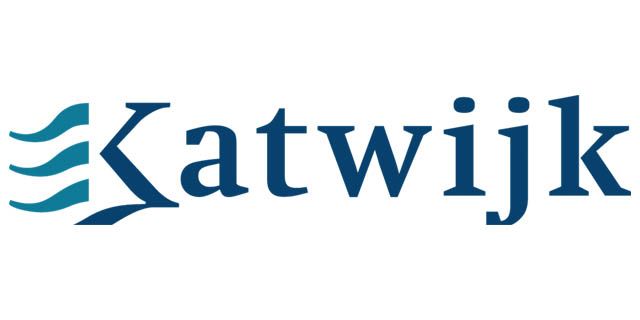
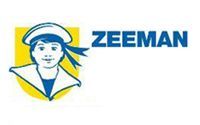






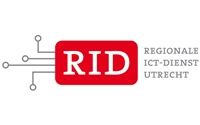













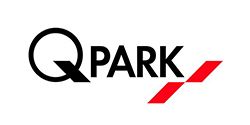
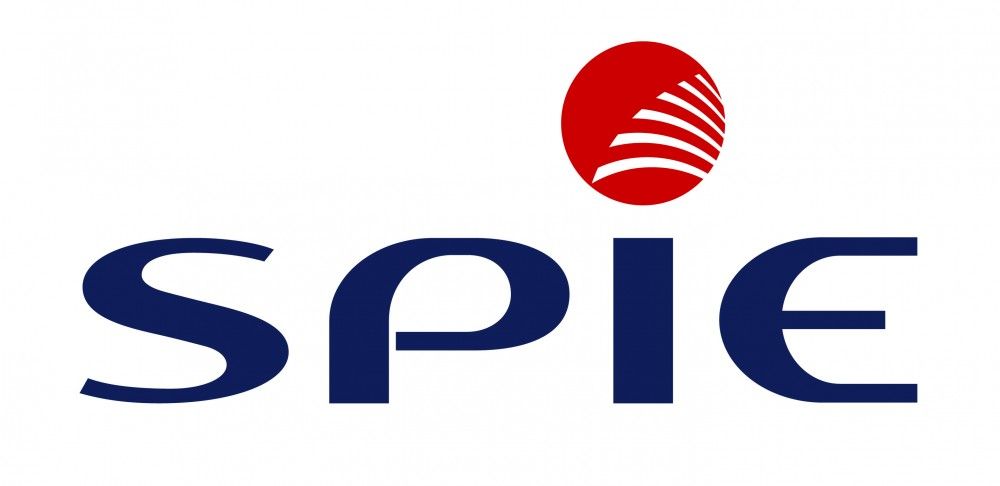


Richard Zegstroo
Opleidingsadviseur
Kunnen we je ergens mee helpen?
Heb je ergens hulp bij nodig of wil je weten of een training bij je leerdoelen past? Neem dan contact op voor vrijblijvend advies. Bel 020-3080466 of mail naar info@westhaghe.com. We helpen je graag!


